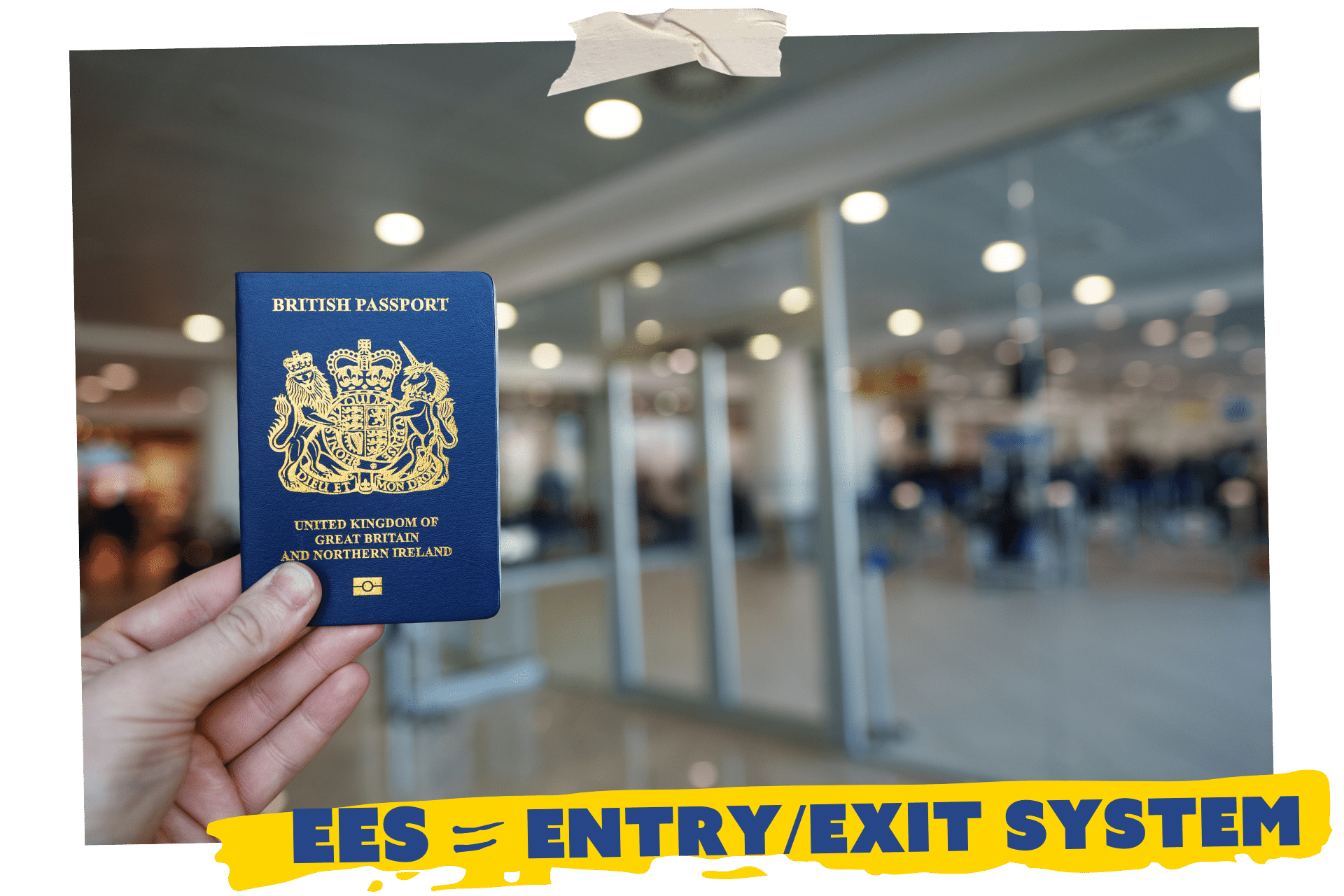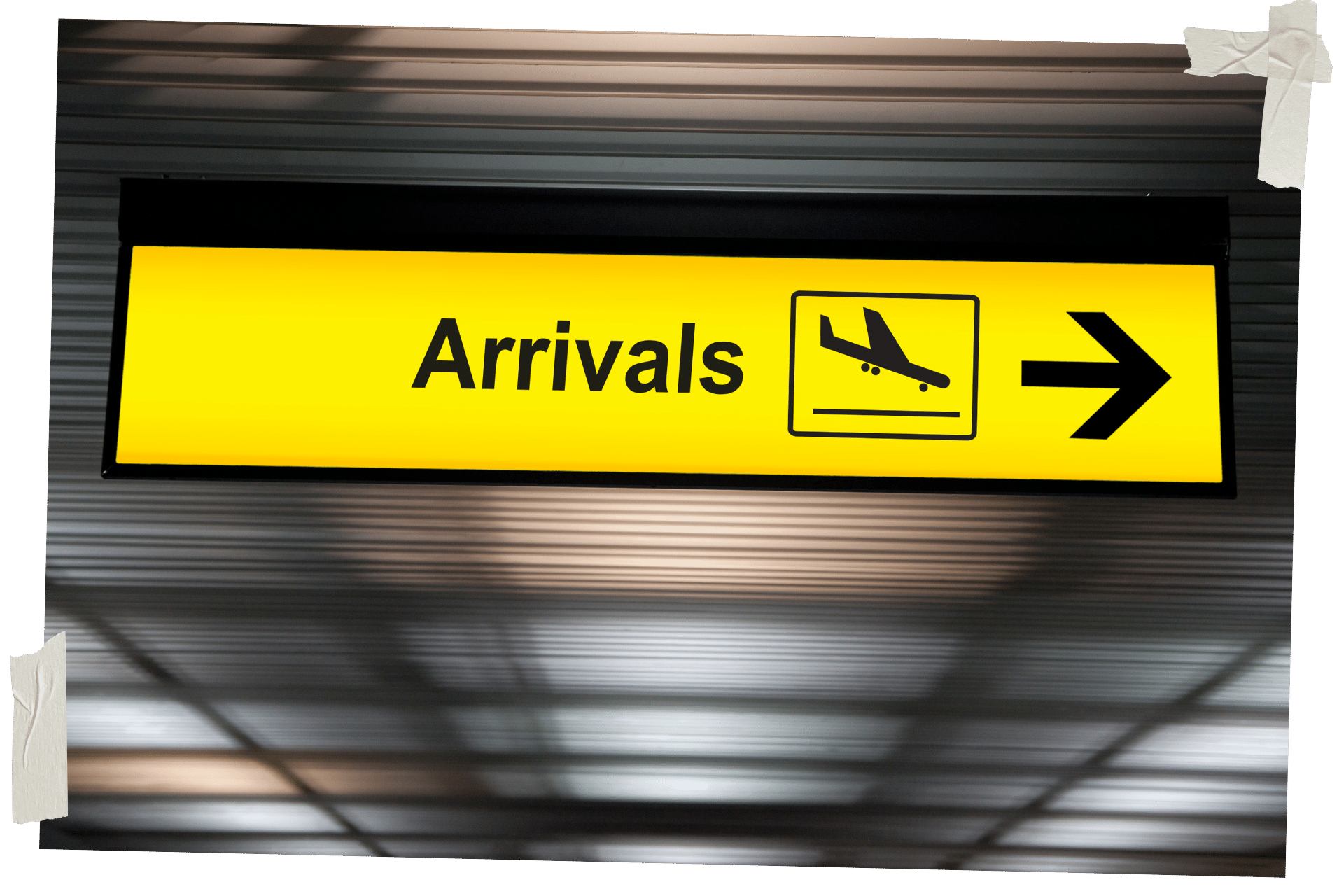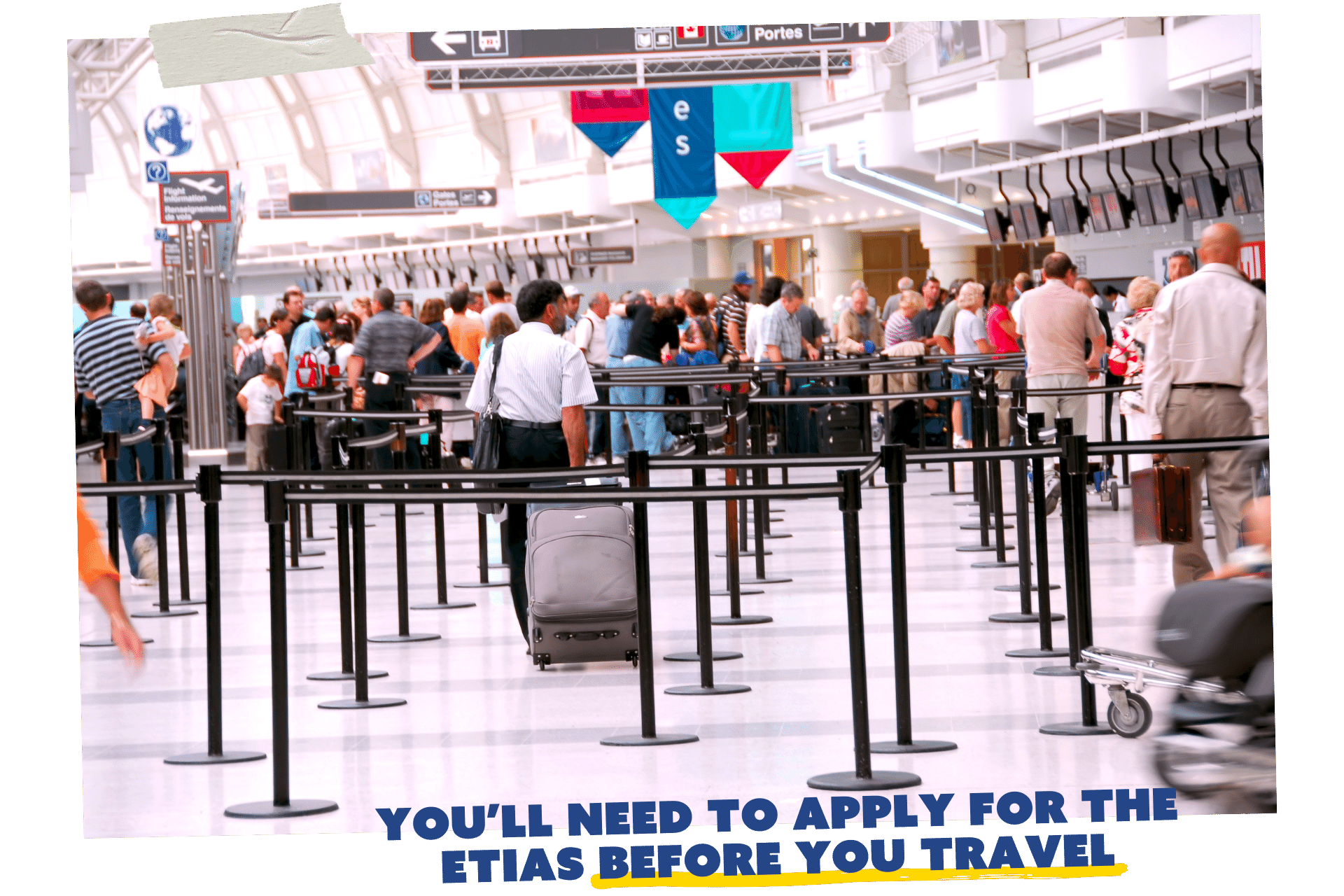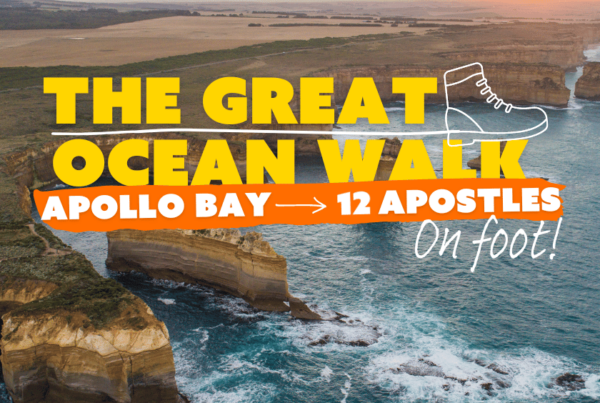Things are about to be shaken up when it comes to travelling to the EU as non-EU nationals. But what is the new Entry/Exit System (EES), when is it coming into play, and what does it mean for your travel plans?
We’re answering all the big questions in our quick and simple guide (spoiler: it’s not as scary as it may seem!)
What is the Entry/Exit System (EES)?

The short of it:
The EU Entry/Exit System will be an automated system for registering travellers from the UK and other non-EU (or Shengen) countries each time they cross an EU external border.
The slightly longer of it:
These new UE border rules have been delayed, and delayed, and then delayed again. What it will be when it does arrive is an automated IT system that will register passengers from non-EU countries, including the UK, each time they cross a border into or out of the EU.
Using these self-service machines, you’ll need to scan your passport (or other travel documents), as well as supplying biometric data like fingerprints and captured facial images, before crossing the border at your arrival airport. The idea is to replace the current manual stamping of passports – so that does mean saying goodbye to your passport stamp collection (the stamp for the EU is pretty boring anyway…)
When in 2024 will the EES start?
After many, many delays, the Entry/Exit System is now scheduled to begin operation in October of 2024. This is said to be partly due to the French governments request that it be delayed until after the 2024 Paris Olympics.
If the timeline changes, we’ll let you know here.
How will EES work at airports?

Consider yourselves lucky, folks.
The process at airports is hoped to be much smoother than those travelling via train or ferry, where there’s large concerns that the new border checks will lead to significant delays (in the UK, this is largely due to the fact that the UK and France have an agreement whereby French border controls for overland travel can actually be completed whilst still on UK soil, rather than on arrival in France.) Airports shouldn’t face delays to the same scale – it’s hoped that passengers may be delayed by just a few extra minutes at most. That’s the plan, anyway!
After you land in an EU member state or Schengen Area country, but before you pass the border, you’ll have to stop at several purpose-built kiosks in the airport arrival area. This is where, under the watchful eye of border security officers, you’ll scan your own documents (like your passport) and share your biometric data, like your fingerprints and having your photo taken. You’ll also have to answer a few questions about your travel.
The good news is that once you’ve got this faff over with, you won’t have to do it again for three years! But if you have to renew your passport or order a replacement within that period, you will have to re-register unfortunately.
Another important thing to note is that the EES is only for when crossing an external EU border – for example, if you fly from the UK into Italy for the first time after these checks are implemented, you’ll have to register under the EES. But if you then have plans to fly from Italy to, say, Berlin for some schnitzel, you won’t have to re-do the process as you’re now travelling within the Schengen zone.
Who is exempt from the EES?
If the below applies to you, you don’t need to register under the EES:
- If you already require a visa to enter Europe, you won’t have your fingerprints taken by the EES as you’ll have already done this as part of your visa application.
- If you’re a non-EU citizen but are legally resident or have a long-stay visa to live in an EU Member State.
- If you’re a non-EU national who holds a residence card and are immediately related to an EU national.
- If you’re a non-EU national travelling to Europe as part of an intra-corporate transfer or for the purposes of research, studies, training, voluntary service, pupil exchange schemes or educational projects and au-pairing.
Also, just for full transparency, you don’t need to register under the EES if you happen to be ‘granted certain privileges with respect to border checks’ – i.e, you’re a Head of State, like King Charles.
What is the difference between EES and ETIAS?

The EES and the ETIAS are two separate but interconnected process for border checks when entering the EU. If you’ve ever had to apply for the ESTA when travelling to the USA, then you’ll be pretty familiar with how the ETIAS will work, as it’s essentially the same idea.
The European Travel Information and Authorisation System (ETIAS) is something you’ll have to apply for before you travel in order to gain entry to the EU – even if you’re from a country where you’re exempt from having to apply for a visa. You’ll have to apply for a ETIAS even if you’re planning to travel within the current 90 day, visa-free period allowed for short term stays in the EU.
The plan for when this new process rolls out is for you to fill out your application form using either the official ETIAS website or the planned ETIAS mobile app. It’s said most application will be approved within minutes, but in some cases it could take up to 30 days if you’re requested to provide additional info or attend an in-person interview. So our advice when it rolls out will be to apply for this further in advance than you think you’ll need. Just like going to the airport, you can never be too early.
The application will cost you EUR7, but it’s linked to your passport and will be valid for up to three years or until your passport expires, whichever comes first. If you get a new passport, you’ll need to get a new ETIAS travel authorisation.
If you’re a non-EU passenger and travel to the EU for the first time after both the EES has launched (scheduled for October 2024) and the ETIAS has been rolled out, you’ll have to go through both processes for your trip.
Like the EES, the ETIAS has also been delayed and is not expected to launch until mid-2025.
Other questions about your flight? Check out our mega handy Help Hub




![Entry Exit System: What you need to know about the EES [JUNE 2024]](https://www.netflights.com/blog/wp-content/uploads/2024/05/EntryExitSystemWhatYouNeedToKnowHeader-1.png)
